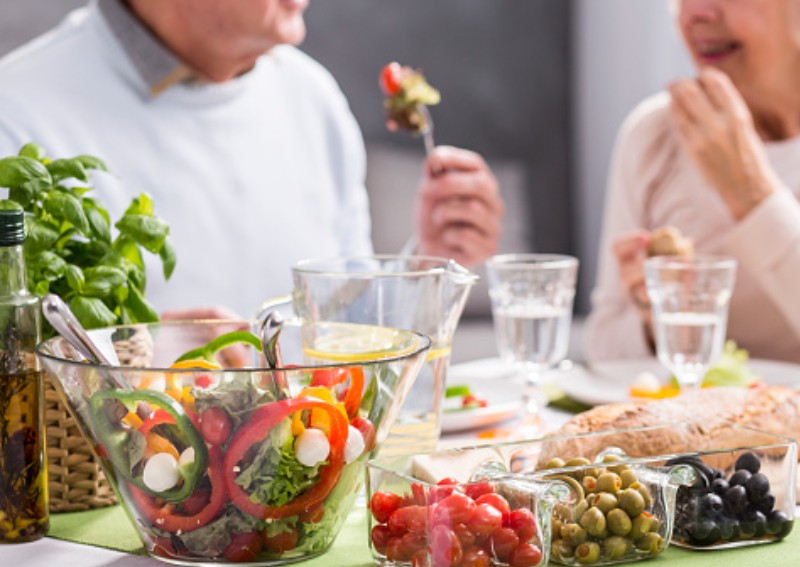
Eating presents a daily challenge for people with dysphagia, or difficulty swallowing. Dysphagia often requires significant dietary changes, including texture and consistency. Thankfully, these changes do not mean meals must be bland. With the right ingredients, techniques, and time, you can prepare tasty, safe, and satisfying meals for yourself or a loved one.
Start with the Right Texture
Controlling food texture is the foundation of dysphagia-friendly cooking. Soft, moist, and smooth foods are easier to swallow. Consider finely chopped, pureed, or minced foods. Avoid anything dry, crumbly, or sticky because these can be difficult to swallow and increase the risk of choking.
Steaming or slow-cooking vegetables makes them extra soft and easily pureed. Blend meats with gravy or broth for a smoother texture and flavor. You can also use yogurt, mashed potatoes, applesauce, or cottage cheese as base ingredients.
Use Food Thickeners Wisely
Food and beverage thickeners are essential tools for managing dysphagia. They help adjust the consistency of foods and beverages, making them less likely to cause choking. By incorporating food thickeners, in gel or powder form, you can protect your loved one and ensure they get the nutrition they need.
These thickeners turn liquids like water, juice, and coffee into nectar-thick or honey-thick. Always follow product instructions and consult a doctor or speech-language pathologist for consistency.
Flavor Without Compromise
Just because foods must be thickened and smooth does not mean they must be tasteless. You can use herbs and spices to kick up the flavor. A dash of vinegar or lemon juice can also brighten dishes. Low-sodium broth and infused oils are also good additions.
Avoid large chunks or tough skins that will not blend well. If you use fresh herbs, chop them finely or combine them in a blender to create smooth sauces.
Simple Recipes to Try
Here are a few dysphagia-friendly recipes that are simple to prepare and flavorful.
Creamy Chicken and Sweet Potato Puree
- One cup of cooked boneless chicken breast
- One cup of mashed sweet potatoes
- 1/2 cup low-sodium chicken broth
- One tablespoon of olive oil
- A dash of paprika or cinnamon
Blend all the ingredients with an immersion blender until creamy. Add more broth as necessary until you achieve the right consistency. Make sure to serve it warm.
Thickened Fruit Smoothie
- 1/2 cup strawberries
- 1/2 banana
- 1/2 cup yogurt
- 1/4 cup of juice or milk
- One scoop of thickener
Blend the fruit, yogurt, and juice or milk until smooth. Stir in the thickener and let it briefly sit until it reaches the right consistency.
Soft Scrambled Eggs with Ricotta
- Two eggs
- One tablespoon of ricotta
- One teaspoon of butter
- Salt and pepper to taste
Whisk everything but the butter together and cook slowly over low heat in the butter. Avoid overcooking, as this can cause the eggs to become rubbery.
Experient With Food Combinations
Dysphagia is challenging. It may change how you prepare food and eat, but it does not have to lead to bland foods. You can still experience joy with every meal. You can produce safe and delicious dishes with these tips, recipe ideas, and tools. Thoughtful cooking can help restore balance and comfort to your daily meals.
When used correctly, thickeners can be literal lifesavers. They make beverages and foods safer for people with swallowing disorders, regardless of age. Allow these recipes to spark your creativity!


